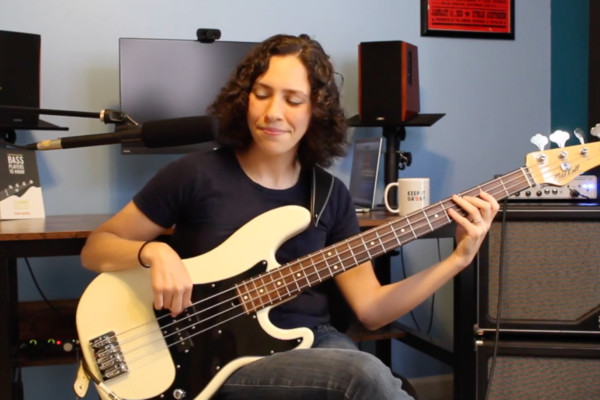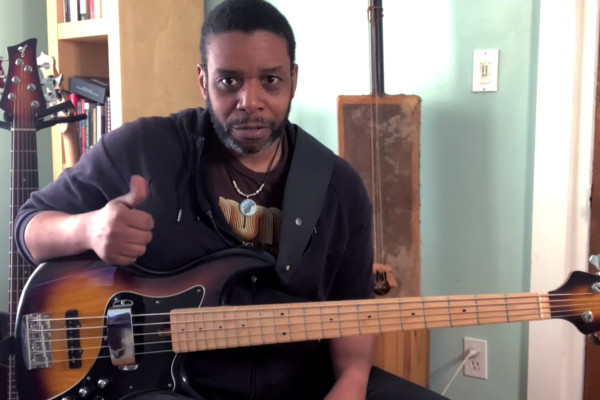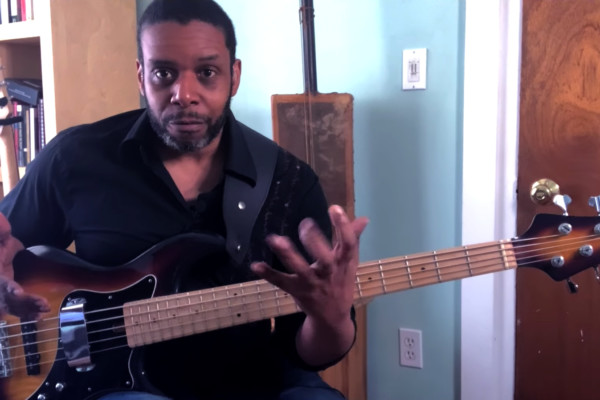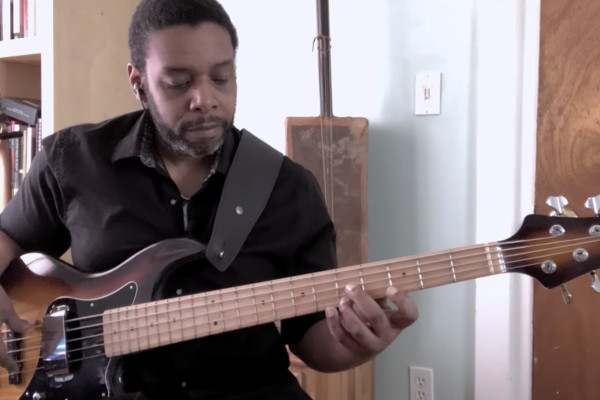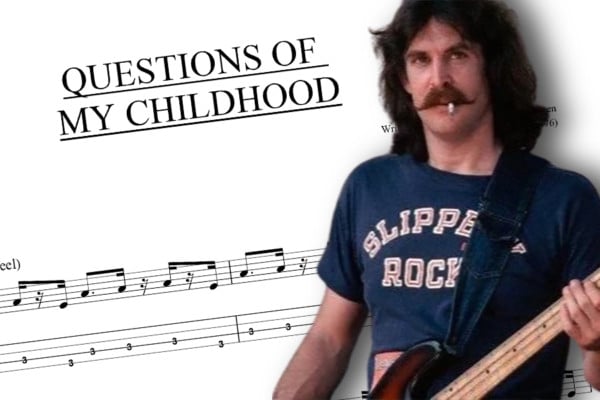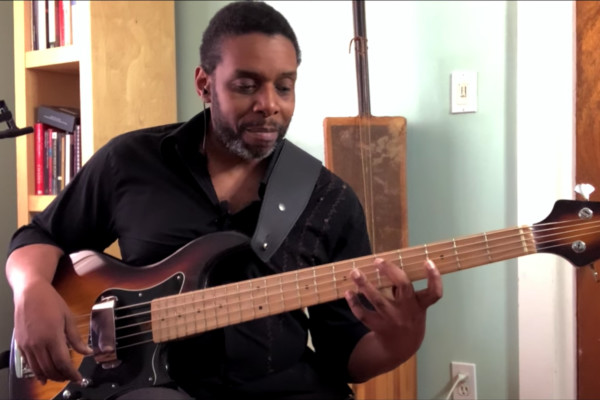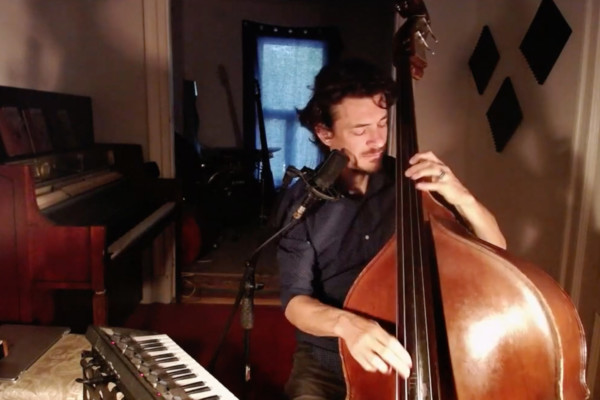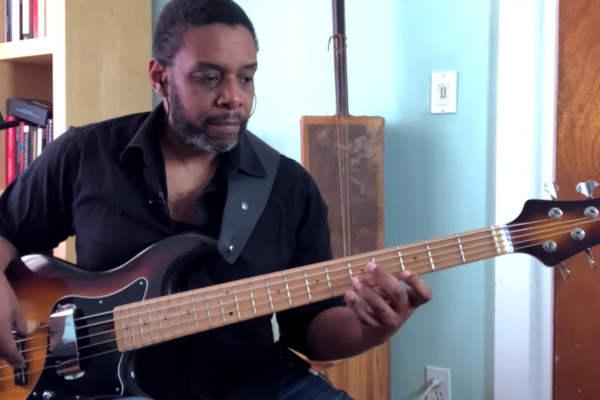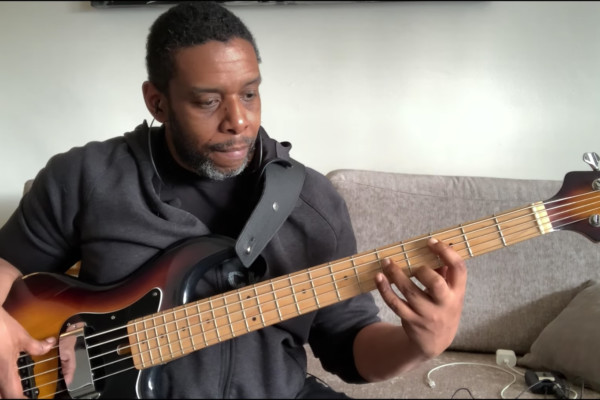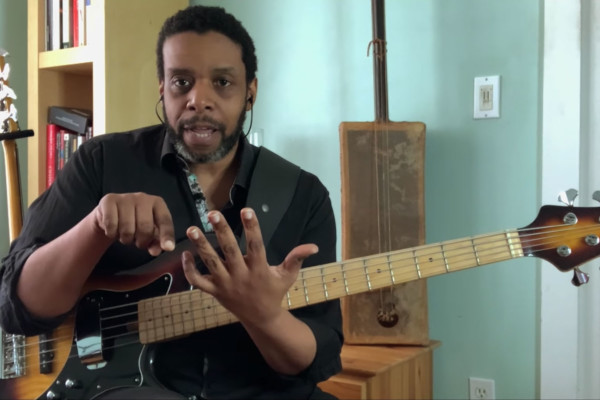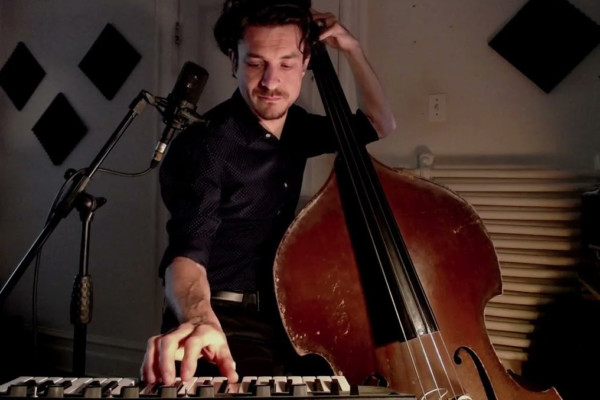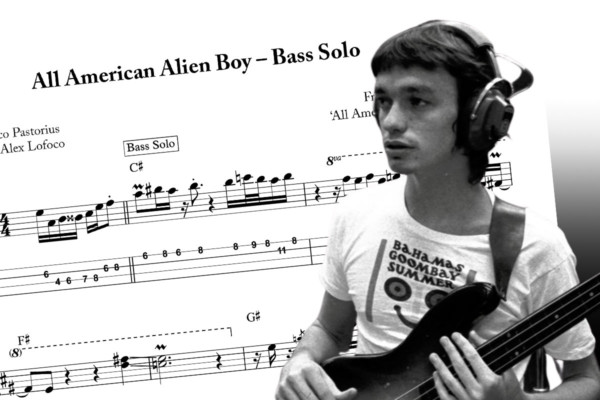Bass Lessons - Page 11
Keep It Groovy: How To Play The Bass Line To “Ain’t Too Proud To Beg”
Ryan Madora has a new bass lesson series on No Treble. “Keep It Groovy” kicks off with a lesson on how to play James Jamerson’s bass line on The Temptations “Ain’t Too Proud to Beg”.
The Brown’stone: Strengthen Your Left Hand Technique
This week in The Brown'stone on No Treble, Rich Brown is focusing specifically on left-hand technique. He walks you through a couple of great exercises that will help to strengthen the individual fingers of the left hand.
The Brown’stone: Expression, Articulation, & Speed!
This week in The Brown’stone on No Treble, we’re talking about expression, articulation, and speed. Rich Brown gives us a couple of exercises that involve using hammer-ons and pull-offs.
The Brown’stone: Pentatonic Scale Patterns That Will Open Up Your Fretboard
Rich Brown’s students call this bass lesson a game-changer. This week in The Brown’stone on No Treble, Rich takes a look at some Pentatonic sequential patterns that not only sound great but will also open up your fretboard in a colossal way.
Kansas – “Leftoverture”: The Complete Basslines, Part 6
Tim Fletcher and Troy Hughes’ epic project “Kansas: Leftoverture – The Complete Basslines” has reached its sixth chapter, featuring Dave Hope’s work on “Questions Of My Childhood”.
The Brown’stone: The 2-5-1 Chord Progression Using Triads & Inversions
This week in The Brown’stone on No Treble, Rich Brown wants to take another look at triads and inversions. In this lesson, he shows how you can use these three notes to play the II-V-I chord progression in a variety of different ways.
Bass & Creativity: Building a Story
The best way to engage listeners is to craft a story with your music. In this “Bass & Creativity” lesson, Olivier Babaz takes a look at ideas and methods to build a story through your improvised solos and compositions.
The Brown’stone: Unlock Your Fretboard Using Pentatonics
In this lesson, Rich Brown takes an in-depth look at the Pentatonic scale. We’ll get familiar with the different Pentatonic shapes created on the fretboard and how you can open up the entire fretboard using these simple shapes.
The Beauty in the BASSics: Triads – Part 3
This week in The Brown’stone on No Treble, Rich Brown’s study of triads continues, taking the lessons learned in our last one to create beautiful chords on bass (and use those same shapes to play bass lines).
The Beauty in the BASSics: Triads – Part 2
In Part 2 of this series, Rich Brown continues the study of triads and inversions. You’ll be sure to gain a deeper understanding of the beautiful melodicism found within these three little notes.
Bass & Creativity: Spicing Up the Chords
Today we will explore simple ways to discretely modify the harmony while maintaining the bass movement. Once again, experimenting with the piano will help underline those modifications, but we will also cover ways to express it on the bass.
Bass Transcription: Jaco Pastorius’s Solo on “All American Alien Boy”
Please help us welcome our newest contributor, Alex Lofoco! Alex’s first entry offers up a great analysis and transcription of Jaco Pastorius's bass solo on Ian Hunter’s “All American Alien Boy”.
